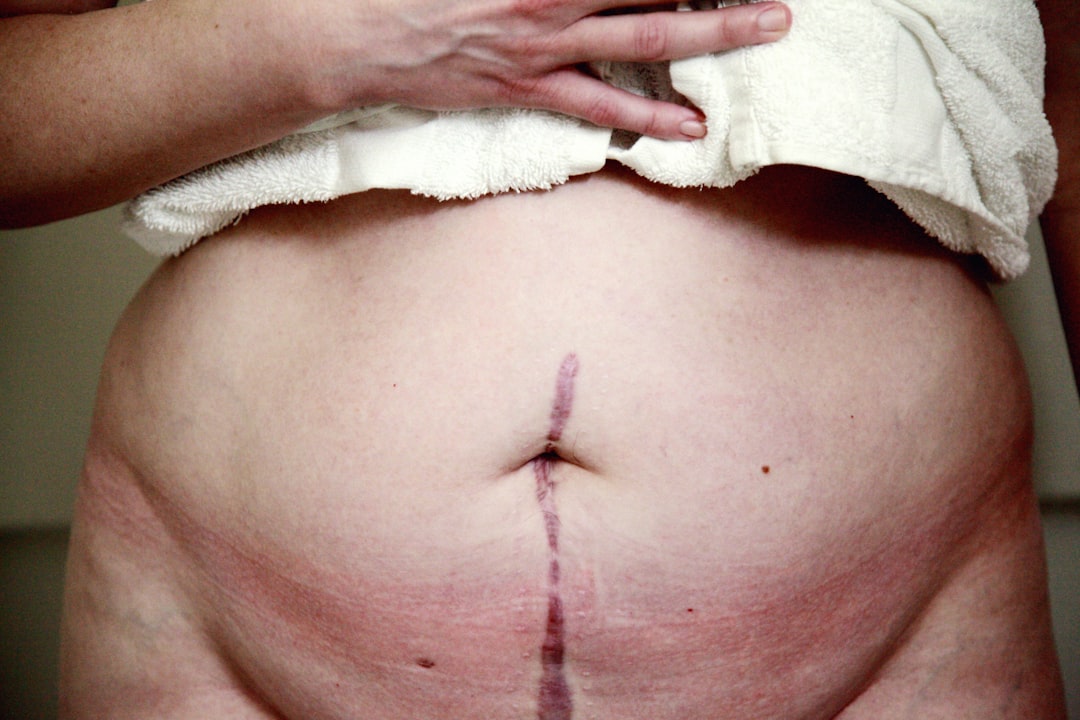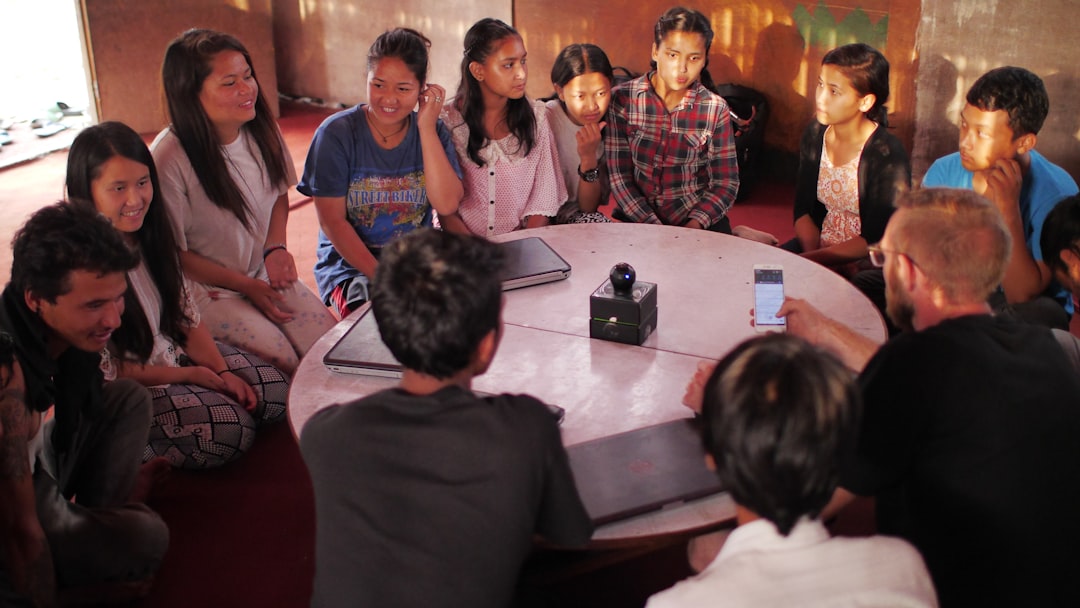Norovirus 101: The Unseen Culprit Behind Foodborne Outbreaks
Understanding Norovirus: An Overview
What is Norovirus?
Norovirus is a highly contagious virus that causes gastroenteritis, leading to inflammation of the stomach and intestines. It stands as the leading cause of foodborne illness in the U.S., responsible for 19-21 million cases each year. This virus can spread through contaminated food, surfaces, and direct person-to-person contact, making it a formidable opponent in public health. Notably, norovirus can survive on surfaces for days or even weeks, necessitating thorough cleaning practices to prevent its spread. Alarmingly, norovirus is resistant to many common disinfectants, requiring specific bleach-based solutions for effective cleaning.
 Symptoms and Transmission
Symptoms and Transmission
Common Symptoms
The symptoms of a norovirus infection typically include nausea, vomiting, diarrhea, stomach cramps, and fatigue, which generally appear 12 to 48 hours after exposure. Dehydration is a serious concern, especially for young children and the elderly, due to the loss of fluids. Additional symptoms might include a low-grade fever, chills, headaches, and muscle aches, which can vary in intensity. While symptoms often resolve within 1-3 days, some individuals may experience lingering fatigue, prolonging their recovery period.
 How It Spreads
How It Spreads
Norovirus transmission occurs through multiple pathways, including ingesting contaminated food or liquids, touching contaminated surfaces, and direct contact with an infected person. Shellfish, particularly oysters, are frequently implicated in foodborne outbreaks, underscoring the importance of food safety. Interestingly, asymptomatic individuals can still shed the virus, contributing to its spread even when they do not show symptoms. Outbreaks can occur in crowded environments such as schools, nursing homes, and cruise ships due to the close proximity of individuals.
 Prevention and Hygiene Practices
Prevention and Hygiene Practices
Preventive Measures
Preventing norovirus outbreaks hinges on effective handwashing and sanitation practices. It’s crucial to avoid preparing food while symptomatic and for at least two days after recovery to prevent further infection. Using separate cutting boards for raw seafood and ready-to-eat foods can significantly reduce the risk of cross-contamination. Additionally, ensuring that food is cooked to safe temperatures, particularly seafood, is vital to kill any potential viruses.
Hygiene Protocols
Implementing hygiene protocols involves using bleach solutions for cleaning surfaces that may have been contaminated with norovirus. Ensuring thorough washing of fruits and vegetables before consumption is another key practice. Encouraging regular handwashing, especially after using the restroom and before eating or preparing food, can substantially reduce transmission. Training food handlers in proper hygiene practices is crucial to significantly reduce the risks of outbreaks.
Impact on Food Industry
Outbreak Statistics
Norovirus is responsible for 61% of foodborne outbreaks linked to contaminated shellfish, highlighting its significant impact on the food industry. Food handlers are critical vectors in outbreaks, necessitating strict adherence to hygiene protocols to prevent widespread contamination. Norovirus outbreaks lead to approximately 465,000 emergency room visits and over 109,000 hospitalizations annually in the U.S., illustrating the virus’s burden on healthcare systems. Public health campaigns focusing on food safety education have shown promise in reducing norovirus cases, emphasizing the importance of awareness.
Food Safety in Restaurants
Restaurants must implement rigorous food safety practices, including monitoring food handlers for symptoms, to prevent norovirus outbreaks. Asymptomatic food handlers can still shed the virus, highlighting the need for comprehensive safety measures. Regular training sessions for staff on hygiene and food safety standards can help mitigate risks associated with norovirus. Establishing clear protocols for responding to suspected norovirus cases in restaurants is essential for outbreak prevention and maintaining public safety.
Treatment and Recovery
 Managing Norovirus Infection
Managing Norovirus Infection
Currently, there is no specific treatment or vaccine for norovirus; maintaining hydration is key during recovery. Most individuals recover within 1 to 2 days, but seeking medical attention is advised if severe symptoms occur, such as persistent vomiting or high fever. Oral rehydration solutions can be beneficial for managing dehydration induced by the infection. In severe cases, intravenous fluids may be necessary to replenish lost fluids and ensure recovery.
Norovirus in Public Settings
Norovirus on Cruise Ships
Cruise ships are particularly vulnerable to norovirus outbreaks due to close living quarters and shared dining facilities, which facilitate the rapid spread of the virus. Implementing strict sanitation measures and immediate response protocols is essential for managing outbreaks on ships and protecting passengers’ health. Passengers are often advised to wash their hands frequently and avoid food preparation when feeling unwell to prevent spreading the virus. Additionally, cruise lines may conduct health screenings before boarding to identify symptomatic individuals and prevent outbreaks.
 Norovirus in Emergency Situations
Norovirus in Emergency Situations
El Paso Emergency Room provides immediate medical attention for severe cases of dehydration and other complications arising from norovirus. The facility offers 24/7 care, ensuring swift and professional treatment during norovirus outbreaks to manage symptoms effectively. Staff training includes protocols for quickly diagnosing and treating gastrointestinal illnesses, ensuring high-quality care for those affected by norovirus. Providing educational materials about norovirus prevention can aid in public awareness and safety, contributing to overall health management.
Addressing Norovirus: Public Health Initiatives
Community Engagement
Public health campaigns focusing on education about norovirus transmission and prevention can significantly lower infection rates by increasing public understanding. Community workshops and seminars can help raise awareness about safe food handling practices, empowering individuals to take preventive measures. Collaborating with local health departments to monitor and respond to outbreaks is critical for community safety and reducing norovirus incidence in public settings.
 Conclusion: The Importance of Awareness and Action
Conclusion: The Importance of Awareness and Action
Norovirus remains a significant public health concern, requiring diligent preventive measures and awareness to mitigate its impact on communities worldwide [1]. For expert emergency care related to norovirus complications, visit El Paso Emergency Room’s website at https://www.eper.com/ for more information and resources on managing this contagious disease.


